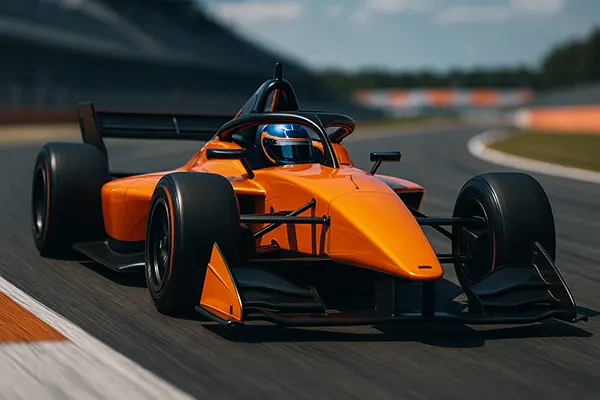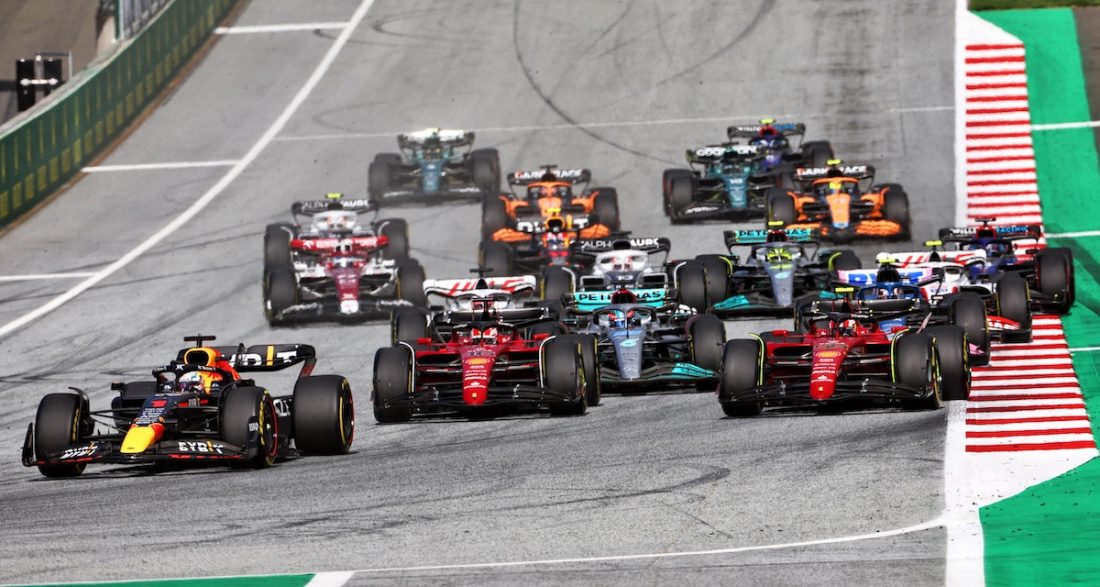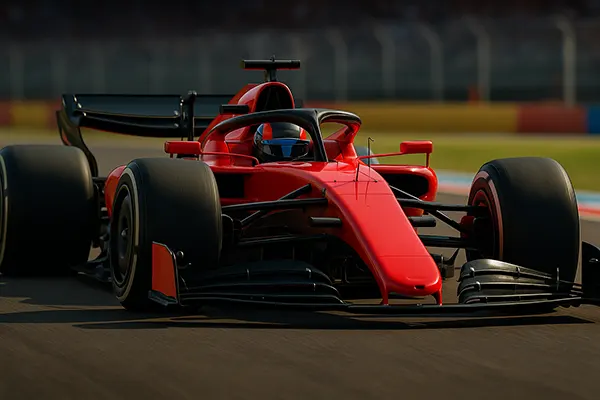
New Safety Standards in Formula E: How Electric Racing Outpaces Petrol Series
Over the past decade, Formula E has evolved from an experimental motorsport series into a benchmark of safety, sustainability, and innovation. With increasing attention to driver protection, sustainability regulations, and real-time monitoring, the electric series is now setting new standards that rival — and in many aspects surpass — those of traditional petrol-powered championships. As of February 2025, these advancements are not only redefining electric motorsport but also influencing broader motorsport regulations.
Advanced Safety Technologies Unique to Formula E
Formula E has rapidly integrated cutting-edge safety technologies that many traditional series still consider optional. For instance, all Gen3 race cars now include reinforced halo systems, optimised for lighter carbon chassis. While similar systems exist in Formula 1, Formula E’s structural reinforcements are tailored to the lighter, more compact architecture of electric vehicles, offering different kinetic responses during collisions.
Driver biometric monitoring, introduced across all teams in the 2023–24 season, has now become mandatory. This technology allows medical teams to access real-time data on driver vitals, enabling faster intervention during on-track incidents. The integration of this tech surpasses current standards in most petrol-based competitions, where such monitoring remains limited.
One standout innovation is the “Smart Battery Disconnect” protocol, introduced in early 2025. This safety mechanism instantly isolates the battery upon impact, significantly reducing the risk of electrical fires. Unlike fuel cut-off systems in traditional racing, this automated process is both faster and more precise, offering a key safety advantage.
Crash Testing and Structural Resilience
All Gen3 cars now undergo a reformed crash test process that simulates real urban race conditions — including concrete barriers, uneven road surfaces, and tighter cornering radii. These updates reflect Formula E’s city-centre racing environment and set a precedent for more realistic testing across motorsports.
Moreover, the introduction of “Modular Impact Zones” on the car’s side pods ensures that energy is absorbed more efficiently during lateral impacts. This feature, previously seen in aerospace safety designs, has now been adapted for motorsport, further proving Formula E’s pioneering role.
The carbon-fibre monocoque has also been re-engineered to include multilayer directional weaves, allowing it to flex and absorb impact more effectively. These structures not only improve safety but also reduce the vehicle’s weight — a key concern in all forms of racing.
Track Infrastructure and Race Format Adjustments
Beyond the cars themselves, Formula E has overhauled track safety with the introduction of portable, modular Tecpro barriers. These barriers are designed to be quickly deployed in tight urban environments and offer superior impact absorption compared to older concrete or tyre walls.
As of the 2024–25 season, all circuits now include digital flagging systems integrated into car dashboards. These visual alerts enhance driver awareness and response time, particularly important on tight city circuits where visibility is often compromised. While F1 is experimenting with similar tools, Formula E has achieved full implementation.
Race direction also benefits from AI-assisted incident prediction, using data from hundreds of sensors across the track and in the cars. This system anticipates safety car requirements or potential yellow flags with higher accuracy, resulting in more proactive safety interventions and fewer delayed responses.
Emergency Response Evolution
Trackside medical teams are now equipped with wearable AR headsets that display driver vitals and vehicle status in real time. This innovation, piloted in Seoul 2024 and fully implemented by 2025, reduces diagnosis time and improves decision-making under pressure.
Formula E also leads in post-crash response simulations, running over 120 scenarios per season with evolving AI inputs. This not only enhances crew preparedness but also informs future updates to rescue protocols and equipment layouts.
Importantly, helicopter evacuation routes in city-centre races are now pre-coordinated with local emergency services and updated live through satellite-fed dashboards. This level of logistical integration is unparalleled in most motorsports and serves as a case study in urban motorsport safety planning.

Regulatory Leadership and Cross-Series Influence
The FIA, impressed by Formula E’s progressive safety record, has begun integrating select standards from Formula E into its broader rulebooks. Notably, energy absorption thresholds from the Gen3 crash data have influenced updates to the LMP2 endurance car category in 2025.
Additionally, Formula E’s push for mandatory battery insulation certification has prompted regulatory discussions across electric touring car series and even mainstream EV production standards. This crossover impact underlines the championship’s role as more than just a motorsport platform — it’s a safety innovation lab.
FIA President Mohammed Ben Sulayem acknowledged in January 2025 that “Formula E’s initiatives in biometric safety and impact simulation have raised the bar for all disciplines.” Such recognition reinforces Formula E’s credibility as a global safety pioneer.
Future Developments and Industry Forecast
Looking ahead, Formula E plans to introduce “Driver-Centric Cockpit Pods” by 2026, focusing on ultra-personalised safety compartments adaptable to each driver’s physiology. This is a significant leap from the one-size-fits-all approach seen in most series today.
Efforts are also underway to develop graphene-reinforced helmets, currently being tested in collaboration with medical research teams in Zurich. If successful, these helmets could become standard across motorsport by 2027.
Finally, there are discussions about implementing drone-assisted aerial surveillance during races to provide faster incident imaging and enhance real-time situational awareness. Formula E is set to pilot this system during the 2025 Monaco ePrix.




